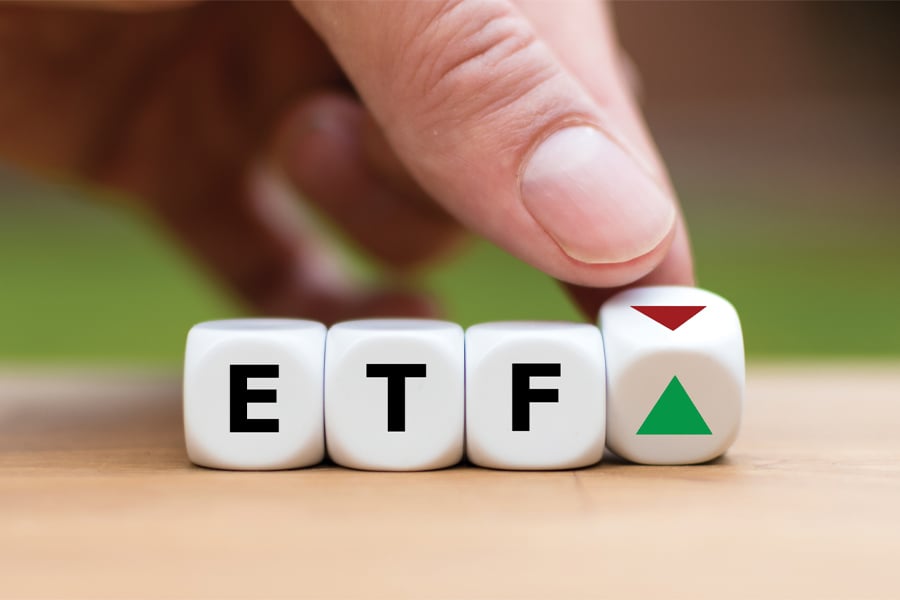

Over the past decade, ETFs have seen a level of growth virtually unmatched by all other typical investment vehicles within the US, including mutual funds – and that’s been largely due to adoption among financial advisors and end-investors in the retail sector, according to a new report by Cerulli.
As the research has it, retail financial advisor intermediary channels held $4.3 trillion, or 66 percent, of total ETF assets by the end of 2022. Among these channels, wirehouses and independent RIAs represented the largest slices of the pie, holding $1.2 trillion and $1.1 trillion in ETF assets respectively.
Asset allocation model portfolios are playing a significant role in driving ETF flows. Cerulli reported that asset managers and third-party strategist model providers have allocated an average of 54 percent to ETFs on an asset-weighted basis.
Only 12 percent of financial advisor assets are held in practices that lean primarily on model portfolios for their portfolio construction. But that underestimates the addressable market, Cerulli argues, as an estimated 24 percent of assets are in practices for which model portfolios are suitable.
“The industry will continue to see model adoption as wealth manager home offices push advisors toward them—and advisors realize the resulting benefits,” Matt Apkarian, associate director at Cerulli, said in a statement.
As Apkarian tells it, model portfolios, along with external sponsor models and other resources provided by wealth firms could nudge advisors further towards adopting ETFs. The steady industry shift toward model portfolios, he said, offer ETF providers an opportunity to increase their footprint by finding a place within proprietary and third-party model portfolios.
“We expect the ETF to feature more heavily in model portfolio construction as newer products begin to hit their three- and five-year track records, which are typically required for consideration,” he said.
Looking ahead, Cerulli sees financial advisors across various channels planning to step up their use of ETFs in portfolios, from 20.7 percent in 2023 to 24.4 percent by 2025. Leading the way, independent RIA advisors forecast a 39 percent allocation to ETFs, up from 34.9 percent.
Meanwhile, hybrid RIA advisors estimate they’ll increase their allocation from 28.7 percent to 32.7 percent. Independent broker-dealers expect ETF allocations to approach 22 percent, up from 17.3 percent, while wirehouses anticipate they’ll dial up from 17.4 percent to 19.6 percent.

Relationships are key to our business but advisors are often slow to engage in specific activities designed to foster them.

Whichever path you go down, act now while you're still in control.

Pro-bitcoin professionals, however, say the cryptocurrency has ushered in change.

“LPL has evolved significantly over the last decade and still wants to scale up,” says one industry executive.

Survey findings from the Nationwide Retirement Institute offers pearls of planning wisdom from 60- to 65-year-olds, as well as insights into concerns.
Streamline your outreach with Aidentified's AI-driven solutions
This season’s market volatility: Positioning for rate relief, income growth and the AI rebound
